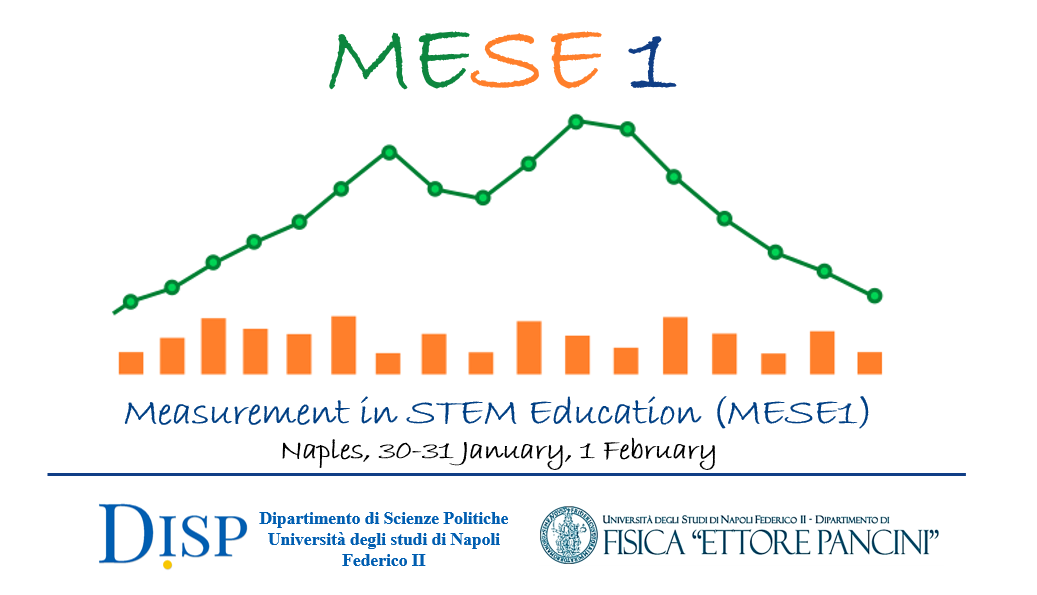Speaker
Description
Studying reasoning lines students deploy when dealing with problematic situations is, in Education Research, one of the most important aims. The reasoning lines can be achieved by analysing the answers that students give to a questionnaire, although it becomes increasingly complicated as the number of students to be analysed increases. In my speech I focus on a quantitative method based on clustering by discussing theoretical and methodological aspects. The method can allow a researcher to analyse a set of answers given to a questionnaire, even in the case of a large sample of students. Moreover, clustering is not presently common to the physics education research community. I describe in detail two different clustering methods, a hierarchical one and a non-hierarchical one. I introduce a binary coding that makes the answers quantitatively analysable. Moreover, a correlation coefficient and a metric suitable for measuring student similarity in the case of binary coding are presented. Then, criteria for choosing the optimal number of clusters for both the clustering methods are discussed. For the same purpose, a new coefficient is introduced to measure the total amount of information one can obtain from a clustering solution. I show that each cluster can be characterised by its centroid. It summarizes the most frequent answers given by students in a given cluster. An example of a clustering procedure for experimental data is given. The comparison between the results obtained through the two clustering methods shows a good agreement exhibiting robustness in the proposed method.

